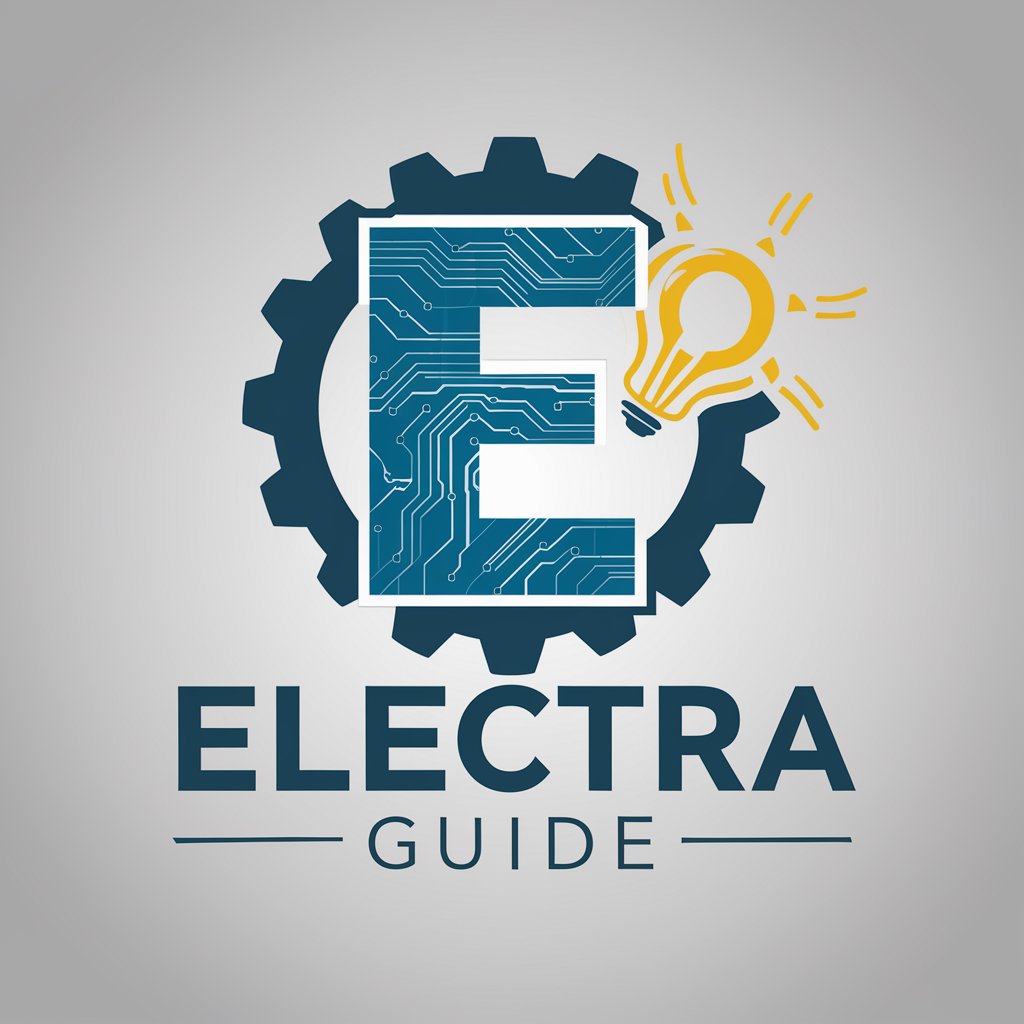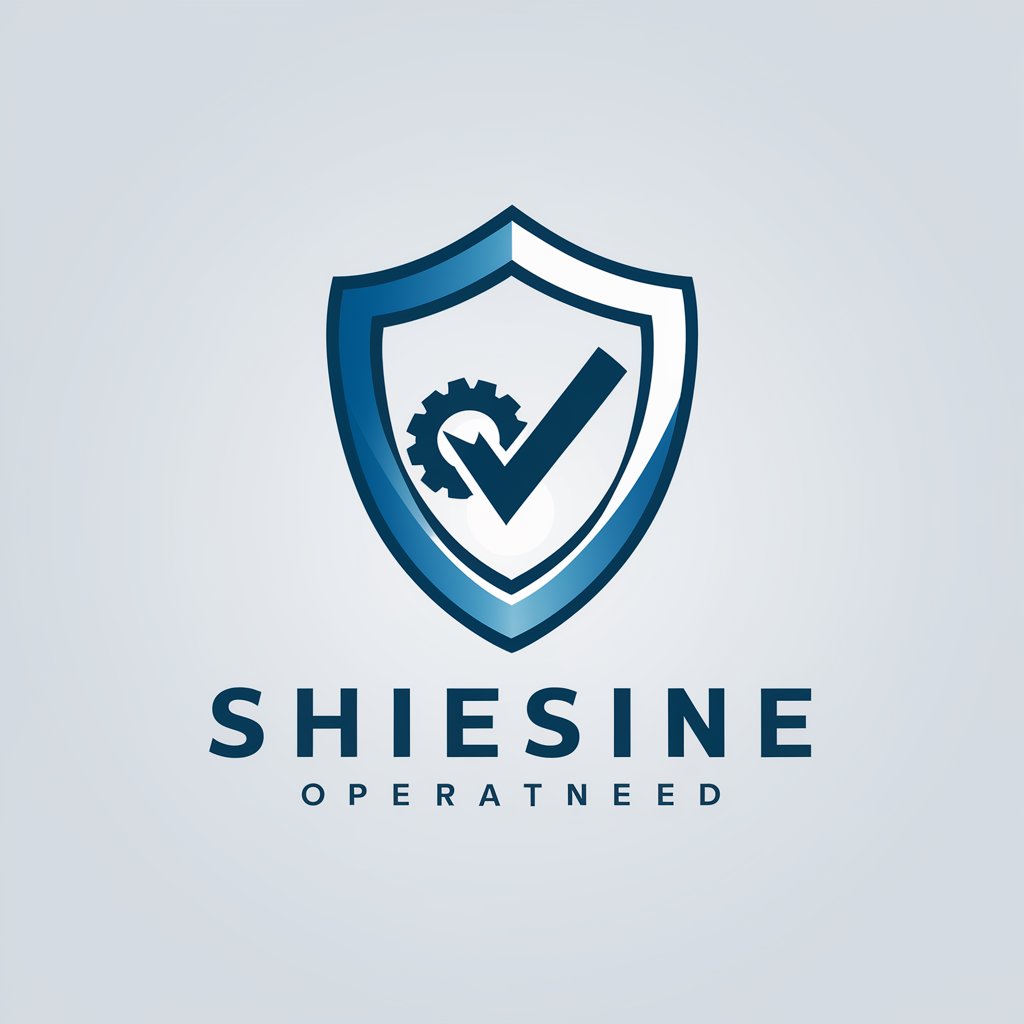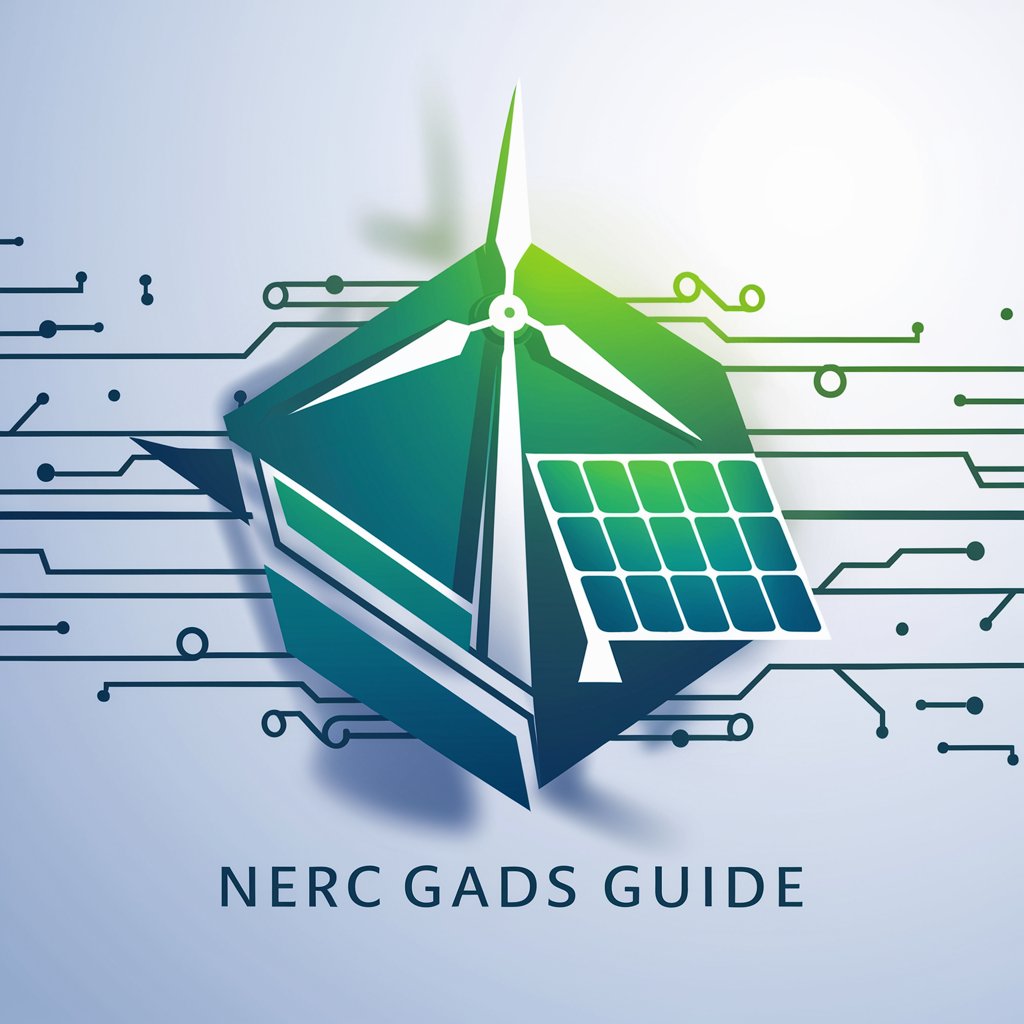
ERCOT Nodal Operating Guides - Sections 9-11 Nerd - ERCOT Guide Analysis

Greetings, regulatory virtuoso!
Deciphering ERCOT Operations with AI
Explain the significance of...
What are the key components of...
How does Section 9 of the ERCOT Nodal Operating Guides address...
Summarize the procedures outlined in...
Get Embed Code
Introduction to ERCOT Nodal Operating Guides - Sections 9-11 Nerd
ERCOT Nodal Operating Guides - Sections 9-11 Nerd is a specialized GPT designed to delve into the intricacies of Sections 9 to 11 of the ERCOT Nodal Operating Guides. Its main purpose is to assist users in interpreting complex regulatory documents related to electric reliability and grid operation in Texas. It serves as a digital assistant that can define terms, find specific information across these sections, and provide detailed analyses of their content. For example, a user querying the real-time monitoring requirements for qualified scheduling entities in Section 9 can receive a precise breakdown of compliance metrics and data reporting standards. Powered by ChatGPT-4o。

Main Functions of ERCOT Nodal Operating Guides - Sections 9-11 Nerd
Detailed Explanations
Example
Explaining the role and requirements of Transmission Service Providers (TSPs) under the current operating standards, especially in monitoring and reporting transmission outages.
Scenario
A regulatory specialist queries about the compliance process for TSPs in Section 10, and the GPT provides specifics on outage reporting requirements and data transparency.
Term Definitions
Example
Defining 'Direct Current Tie Outage Information' as it applies to cross-jurisdictional power flows and operational constraints.
Scenario
When a user asks for the definition of specific terms found within the market data transparency protocols in Section 10, the GPT delivers an accurate and contextually relevant definition.
Analytical Summaries
Example
Summarizing the roles of various market participants in managing grid constraints and implementing remedial action schemes described in Section 11.
Scenario
A policy maker investigates how grid constraints are managed; the GPT outlines the comprehensive strategies and action plans mandated by the ERCOT guides.
Ideal Users of ERCOT Nodal Operating Guides - Sections 9-11 Nerd Services
Regulatory Analysts
Professionals involved in compliance and operational oversight of the electric grid. They benefit from precise, regulatory-aligned explanations and can ensure their operations or the operations of those they regulate align with ERCOT's standards.
Energy Market Participants
Includes generation companies, retail electric providers, and other stakeholders who must navigate the operational and compliance aspects of the ERCOT market. They use this GPT to understand reporting obligations, performance standards, and operational contingencies.
Academic Researchers and Students
Individuals studying energy regulations, grid technology, or market operations who need detailed explanations and contextual analysis of ERCOT's operational guidelines to support their academic projects and research.

How to Use ERCOT Nodal Operating Guides - Sections 9-11 Nerd
Step 1
Visit yeschat.ai for a free trial, no login required, and no need for ChatGPT Plus.
Step 2
Familiarize yourself with the scope and purpose of the ERCOT Nodal Operating Guides, particularly Sections 9-11, focusing on Monitoring Programs, Market Data Transparency, and Constraint Management Plans.
Step 3
Utilize the tool to search specific sections to find detailed answers or clarify terms related to ERCOT’s operational guidelines, ensuring efficient navigation through regulatory complexities.
Step 4
Apply the insights gained to analyze compliance requirements, prepare reports, or inform strategic decisions in grid management and market operations.
Step 5
Review updates and changes in the guides regularly to stay compliant with ERCOT regulations and maintain operational excellence.
Try other advanced and practical GPTs
Food Boffin
AI-powered nutritional insights at your fingertips

Sprite Generator 2D (Unity/Unreal)
Crafting Pixel-Perfect Game Characters
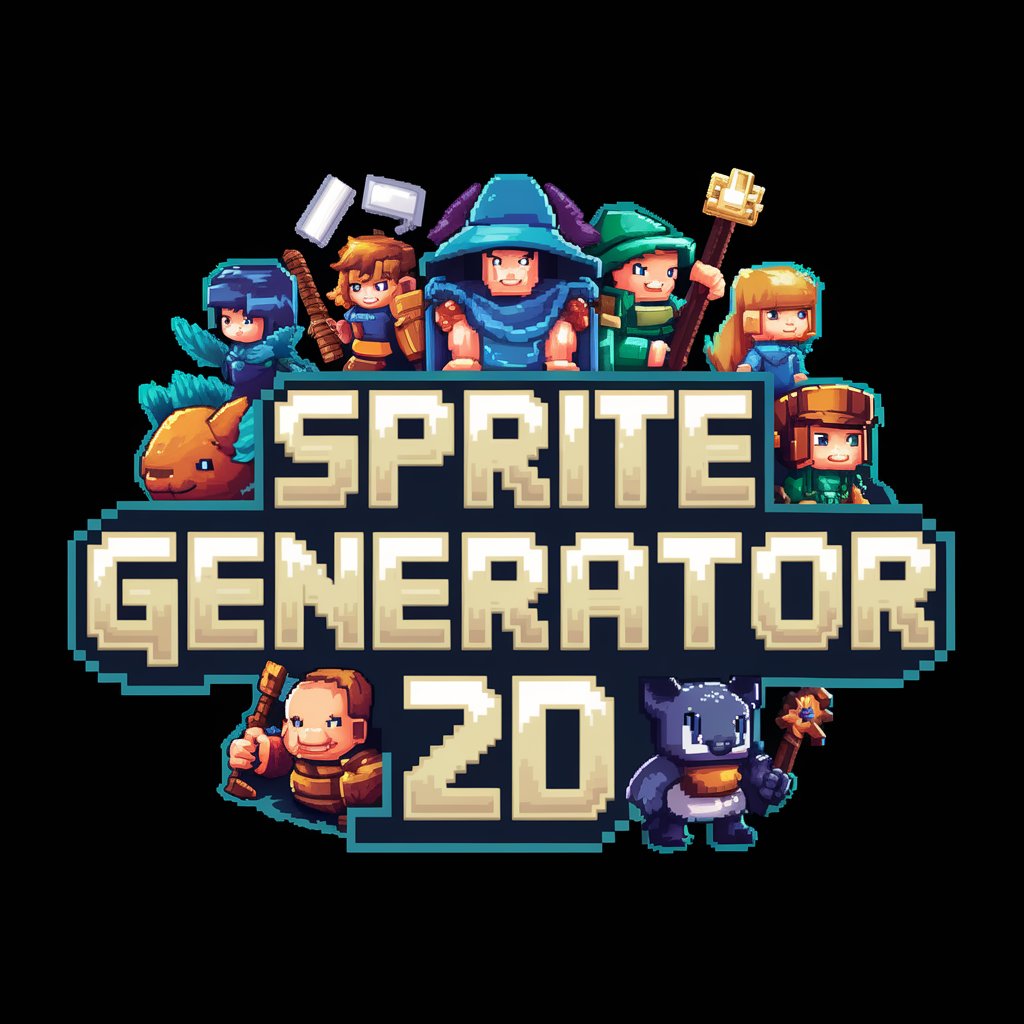
Chef StarSprinkle
Revolutionizing Cupcake Creativity with AI

Adaptive Expert Narrator
Powering Industry Innovation with AI
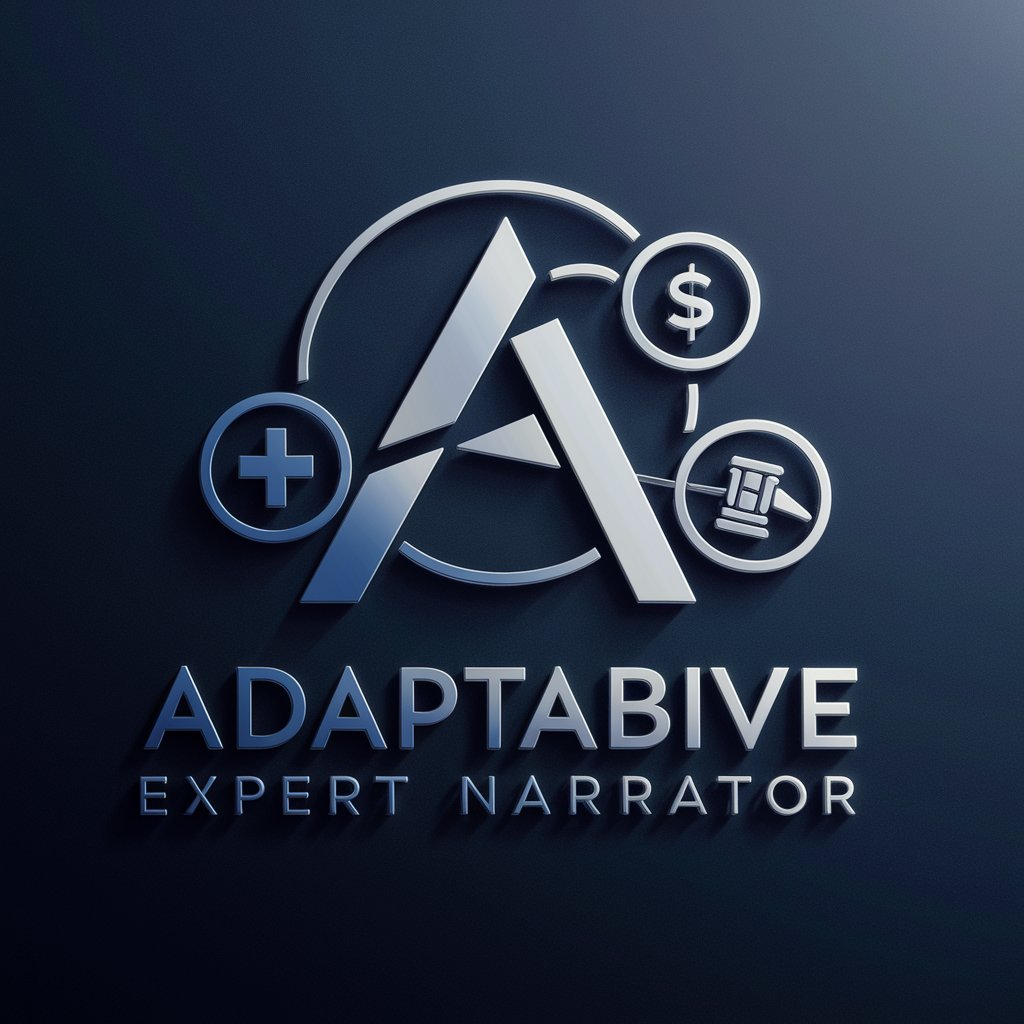
The Beatles Encyclopedia
Unlock Beatles history with AI-powered insights.

Beatles Thumbnail Creator
Craft Iconic Thumbnails with AI

Bibliography Creator for Religious Studies
Streamlining Religious Studies Research with AI

Bibliography Assistant
AI-powered citation and bibliography assistant.

Public Alert System for Misinformation Incidents
Combat misinformation with AI precision.
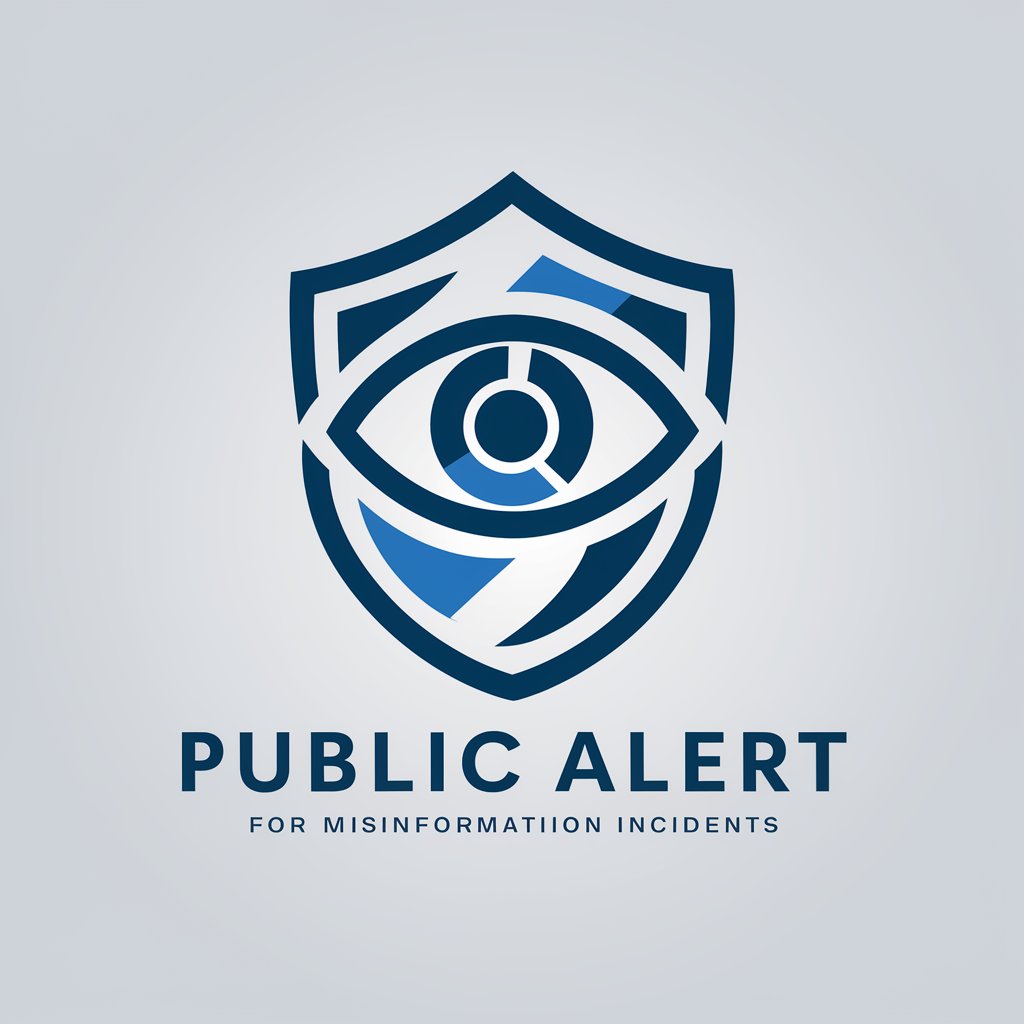
Misinformation
Empower Your Words with AI

Color Connoisseur
AI-Powered Color Mixing for Artists

Personal Color Analysis Service
Enhance Your Look with AI-Driven Color Insights

Frequently Asked Questions About ERCOT Nodal Operating Guides - Sections 9-11 Nerd
What can I find in Section 9 of the ERCOT Nodal Operating Guides?
Section 9 covers Monitoring Programs, outlining the roles and responsibilities of ERCOT, Qualified Scheduling Entities (QSEs), and Transmission Service Providers (TSPs) in monitoring and reporting real-time data, compliance with dispatch instructions, and resource outage reporting.
How is transparency in market data handled according to Section 10?
Section 10 details Market Data Transparency, describing the procedures for ERCOT to post critical market operation data, including outage information and performance metrics, to ensure transparency and facilitate market operations.
What are Constraint Management Plans in Section 11?
Section 11 discusses Constraint Management Plans and Remedial Action Schemes, focusing on ERCOT’s strategies to manage grid constraints and ensure system reliability through various planned and automatic actions.
Can this tool help me understand specific compliance obligations under these sections?
Yes, this tool can assist users in understanding specific compliance obligations by providing detailed explanations of ERCOT’s operational requirements and how they apply to various market participants.
How often are the ERCOT Nodal Operating Guides updated?
The ERCOT Nodal Operating Guides are updated as needed, based on changes in the market, technology, or regulatory requirements. It is important for users to regularly check for updates to ensure compliance.


